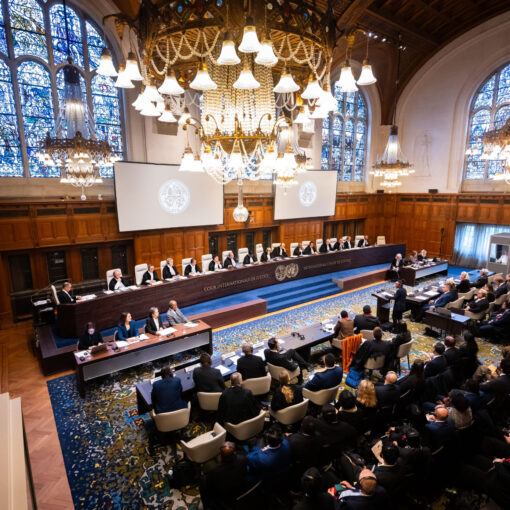 Since the first draft negotiating text was released last spring, the inclusion of a “climate change displacement coordination facility” in the anticipated Paris agreement has been on the table. Recently, in the wake of the migrant crisis in the Middle East and Europe, the prospect has gained some momentum. Yet, there has been very little public discussion about what this facility would entail and how it would operate.
Since the first draft negotiating text was released last spring, the inclusion of a “climate change displacement coordination facility” in the anticipated Paris agreement has been on the table. Recently, in the wake of the migrant crisis in the Middle East and Europe, the prospect has gained some momentum. Yet, there has been very little public discussion about what this facility would entail and how it would operate.
Today, the Sabin Center is publishing a briefing note to highlight some of the functions that the displacement coordination facility could fulfill, as well as some key questions for negotiators in the lead-up to COP-21 and subsequent talks. The note is not intended to be a proposal for how the facility should operate, nor do the functions highlighted below necessarily reflect what is politically or economically feasible. Rather, the note is intended to outline a broad array of considerations for decision-makers as they contemplate whether and how to proceed with the displacement coordination facility.
Some of the potential functions discussed in the report include:
1 – The facility could serve as a funding mechanism for activities aimed at preventing or managing climate change-induced displacement and migration.
2 – The facility could provide technical assistance to international organizations and domestic governments to help them prevent, prepare for, and mange migration and displacement in this context. For example, the facility could compile information on the number and geographic distribution of migrants and displaced persons, and could coordinate with national governments and other entities to facilitate the safe resettlement of such persons.
3 – The facility could establish guidelines and standards for addressing climate change-induced displacement and migration. These could range from overarching normative principles, similar to the UN Guiding Principles on Internal Displacement, to specific technical standards for the classification and treatment of displaced persons. The facility could also make recommendations on national obligations related to the provision of financial support and relocation opportunities for displaced persons.
4 – The facility could coordinate and monitor the provision of humanitarian assistance and logistical support for displaced persons and migrants.
As part of our continuing work on this issue, the Sabin Center welcomes input from other stakeholders on any potential functions and critical questions that are not identified in this briefing note, as well as recommendations on how the facility should be designed and operated. To provide your input, please contact Jessica Wentz (jwentz@law.columbia.edu) and Michael Burger (mburger@law.columbia.edu), with “climate displacement coordination facility” in the subject of your email.



